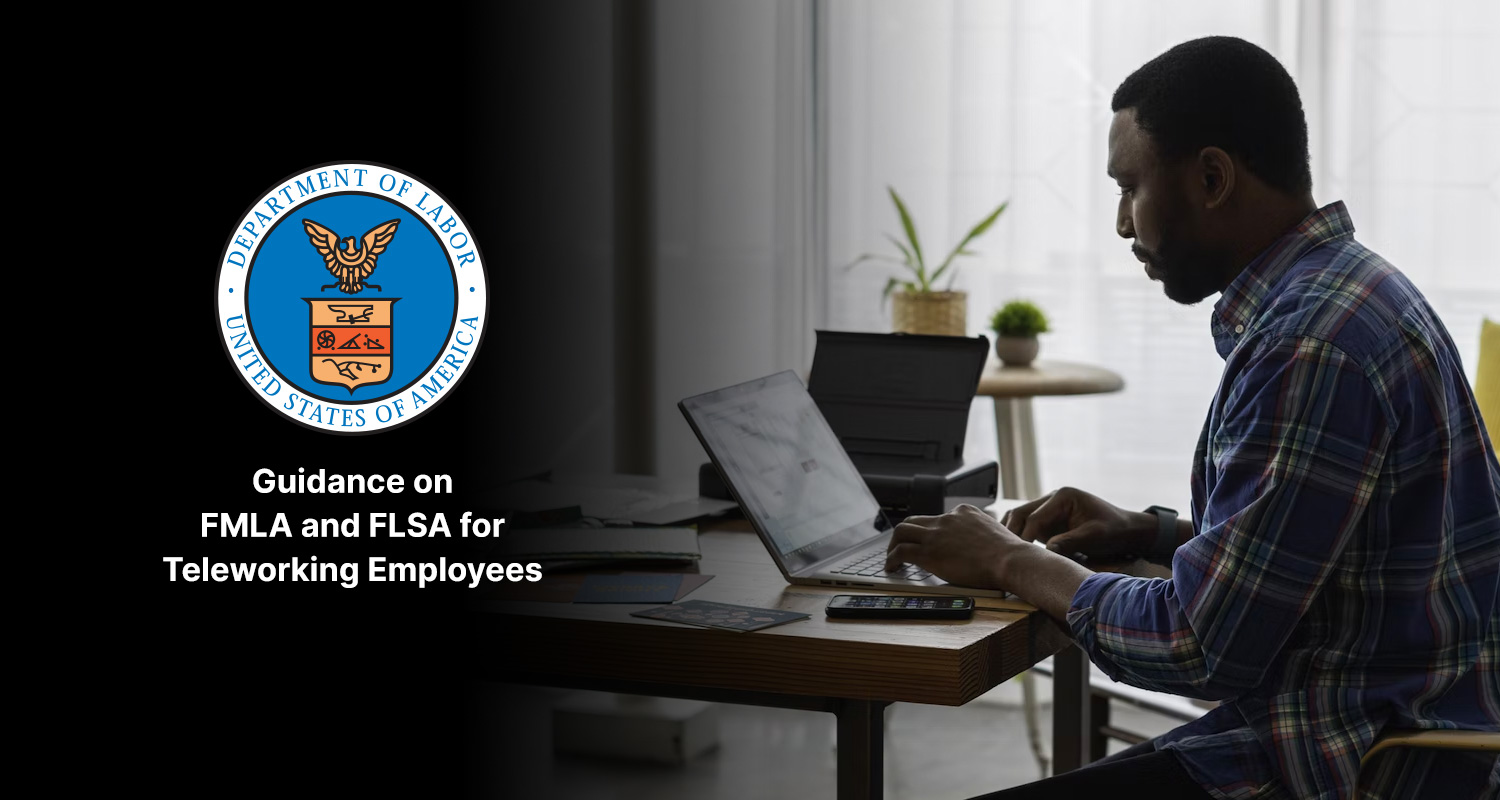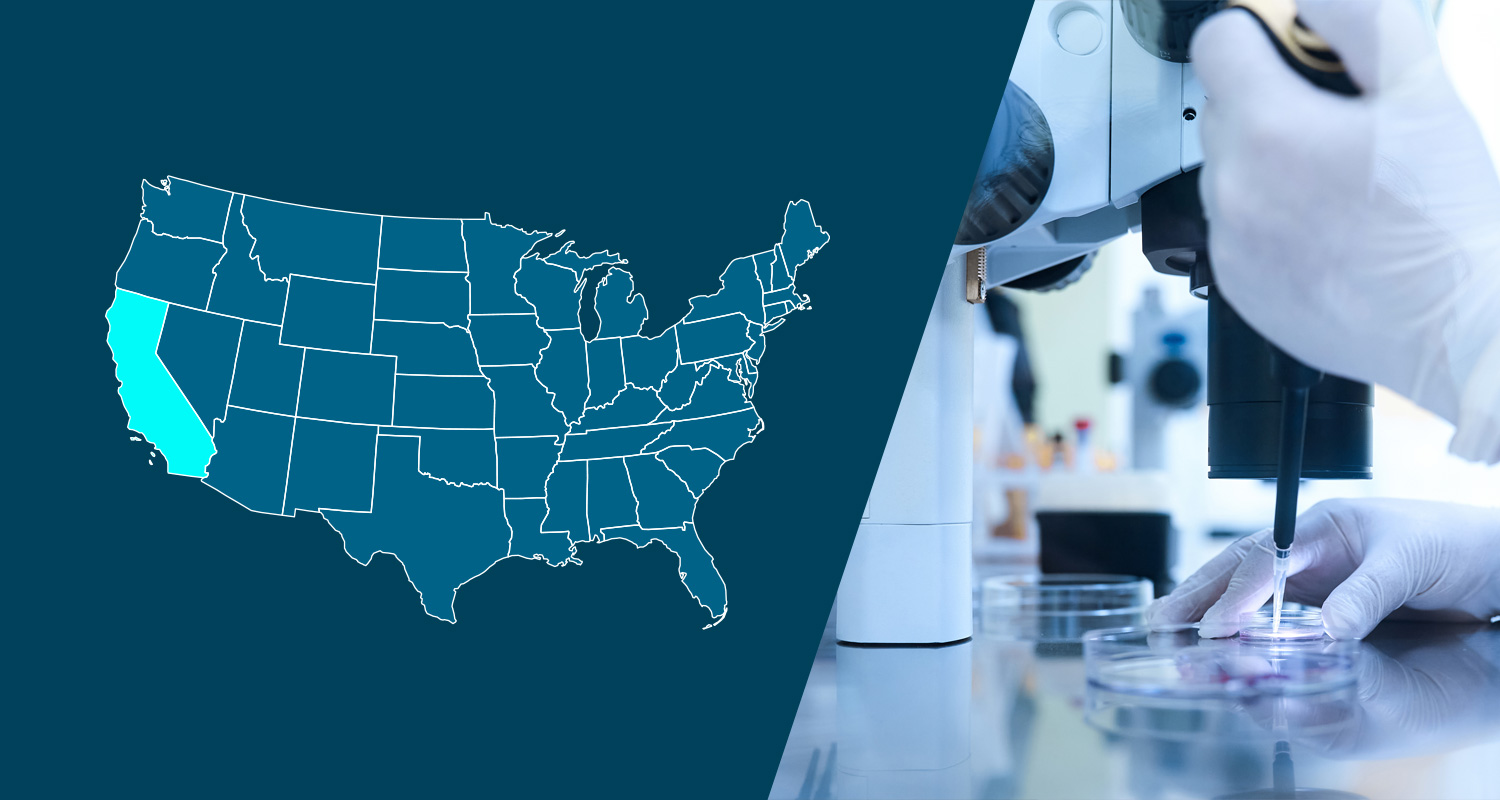Recently, the Department of Labor (DOL) released Field Assistance Bulletin (FAB) No. 2023-1, which provides guidance on the application of the Fair Labor Standards Act (FLSA) and the Family and Medical Leave Act (FMLA) to employees who telework from home or another location not controlled by their employer; Opinion Letter FMLA 2023-1-A, which provides guidance on the use of FMLA leave for reduced work schedules; and a website and updated resources on FMLA protections and benefits. The new DOL guidance is discussed below.
FMLA & Telework
FMLA requires certain employers to provide eligible employees with up to 12 weeks of job-protected unpaid leave for specified medical and family reasons. FAB No. 2023-1 provides guidance on how eligibility is determined when an employee teleworks or works away from an employer’s worksite.
Eligible Employees: Employees are eligible for FMLA leave if they (1) have work for a covered employer for at least 12 months; (2) have at least 1,250 hours of service during the 12-month period immediately preceding the leave; and (3) work at a location where the employer has at least 50 employees within a 75-mile radius.
FAB No. 2023-1 provides that employees who telework are eligible for FMLA leave on the same basis as employees who report to any other worksite. The FAB also provides details on FMLA eligibility for teleworking employees:
- Requisite Hours of Service: FAB No. 2023-1 provides that all hours worked are counted for purposes of determining employee eligibility, including hours worked by an employee at their home or other location.
- The determination of whether an employee has been employed for at least 12 months and has the requisite hours of service is made as of the date FMLA leave is to begin.
- If accurate records of hours worked are not kept, the employer has the burden of showing the employee did not meet the hours-of-service requirement to claim the employee is not eligible for FMLA leave.
- Work location: FAB No. 2023-1 provides that an employee’s personal residence is not a worksite; rather, for purposes of FMLA eligibility, the worksite of teleworking employees is the office to which they report or from which their assignments are made.
- If 50 employees are employed within a 75-mile radius of the employer’s worksite (the location to which a teleworking employee reports to or receives assignments), the employee meets the eligibility requirement. The count of employees within a 75-mile radius of a worksite includes all employees whose worksite is within that area, including employees who telework and report to or receive assignments from that worksite.
- The FAB provides the following example: Employee B works for a company headquartered in a large city but works from home more than 75 miles away. All teleworking employees (who work from different cities and states) are assigned projects from the manager, who works at the company’s headquarters. For FMLA eligibility purposes, the company’s headquarters is the worksite for Employee B and all teleworking employees. There are 300 total employees who work at or within a 75-mile radius of the company’s headquarters. Therefore, the Employee B is employed at a worksite where 50 or more employees are employed within a 75-mile radius, even though they themselves do not work within 75 miles of the company’s headquarters.
- The determination of whether at least 50 employees are employed at the employee’s worksite, or within a 75-mile radius, is made when the employee gives notice of the need for FMLA leave.
- If 50 employees are employed within a 75-mile radius of the employer’s worksite (the location to which a teleworking employee reports to or receives assignments), the employee meets the eligibility requirement. The count of employees within a 75-mile radius of a worksite includes all employees whose worksite is within that area, including employees who telework and report to or receive assignments from that worksite.
FLSA & Telework
The FLSA requires covered employers to pay nonexempt employees for all “hours worked,” including work performed in their home or outside an employer’s premises or job site. DOL regulations explain that “hours worked” are not limited to time spent on active productive labor and may, for instance, include time spent waiting or on a break. FAB 2023-1 provides guidance on how FLSA treats short breaks and time spent pumping breast milk for employees who telework from home or another location not controlled by their employer.
- Short Breaks of 20 Minutes or Less: Employers must treat short breaks of 20 minutes or less as compensable hours, regardless of whether an employee works from home, the employer’s worksite, or some other location that is not controlled by the employer.
- Meal Breaks & Off Duty Time: Bona fide meal breaks (typically 30 minutes or more) and breaks that are longer than 20 minutes in which an employee is completely relieved from duty are not hours worked under the FLSA, regardless of the location in which the employee performs their work.
- Break Time for Pumping Breast Milk: FLSA requires employers to provide covered employees with a reasonable beak time to express breast milk for their nursing child for 1 year after the child’s birth. The FAB notes that covered employees are entitled to this break, even if the employee is working from home or another location.
FLMA & Reduced Work Schedules
The DOL issued Opinion Letter FMLA 2023-1-A, which addresses whether FMLA leave can be used by an employee with a chronic serious health condition to indefinitely limit their workday. The letter responds to an employer inquiry that suggests it is preferable to treat this workday restriction as a reasonable accommodation under the Americans with Disability Act (ADA).
The Opinion Letter noted that employers must permit employees to take intermittent or reduced schedule FMLA leave when it is medically necessary due to an employee’s serious health condition. This leave can be taken in periods of weeks, days, or hours. Therefore, an eligible employee with a serious health condition that necessitates limited hours may use FMLA to limit their workday by using FMLA leave for the remainder of each shift. These hours would be counted against the employee’s FMLA leave entitlement and the employee may continue to use leave for this purpose until their FMLA leave is exhausted. If their leave is never exhausted, they can continue to work a reduced schedule indefinitely.
Further, the Opinion Letter emphasizes that an employee can be entitled to protections under FMLA and the ADA simultaneously, as each law has distinct requirements and protections. If an employee needs to take leave for a serious health condition and is also a qualified individual under the ADA, the requirements for both laws must be applied in a manner that assures the employee is entitled to the most beneficial rights and protections (e.g., FMLA provides more entitlements to the continuation of employee group health benefits and job reinstatement).
Employer Action
FAB 2023-1 and Opinion Letter FMLA 2023-1-A provides welcome guidance for employers with employees who telework and employees with chronic health conditions. These employers should review the new guidance and determine whether they need to change their approach to FLSA and/or FMLA accordingly.
Additional Resources
The information and materials on this blog are provided for informational purposes only and are not intended to constitute legal or tax advice. Information provided in this blog may not reflect the most current legal developments and may vary by jurisdiction. The content on this blog is for general informational purposes only and does not apply to any particular facts or circumstances. The use of this blog does not in any way establish an attorney-client relationship, nor should any such relationship be implied, and the contents do not constitute legal or tax advice. If you require legal or tax advice, please consult with a licensed attorney or tax professional in your jurisdiction. The contributing authors expressly disclaim all liability to any persons or entities with respect to any action or inaction based on the contents of this blog. © 2023 Sequoia. All Rights Reserved.




